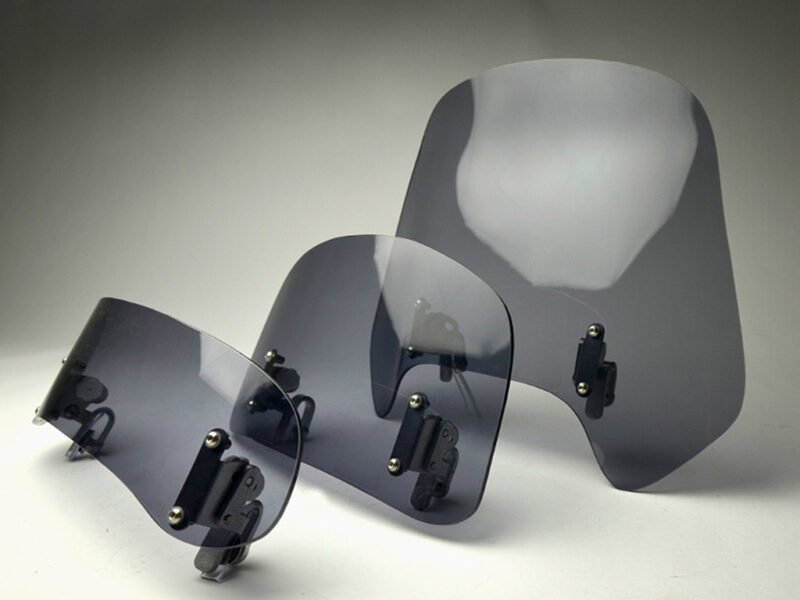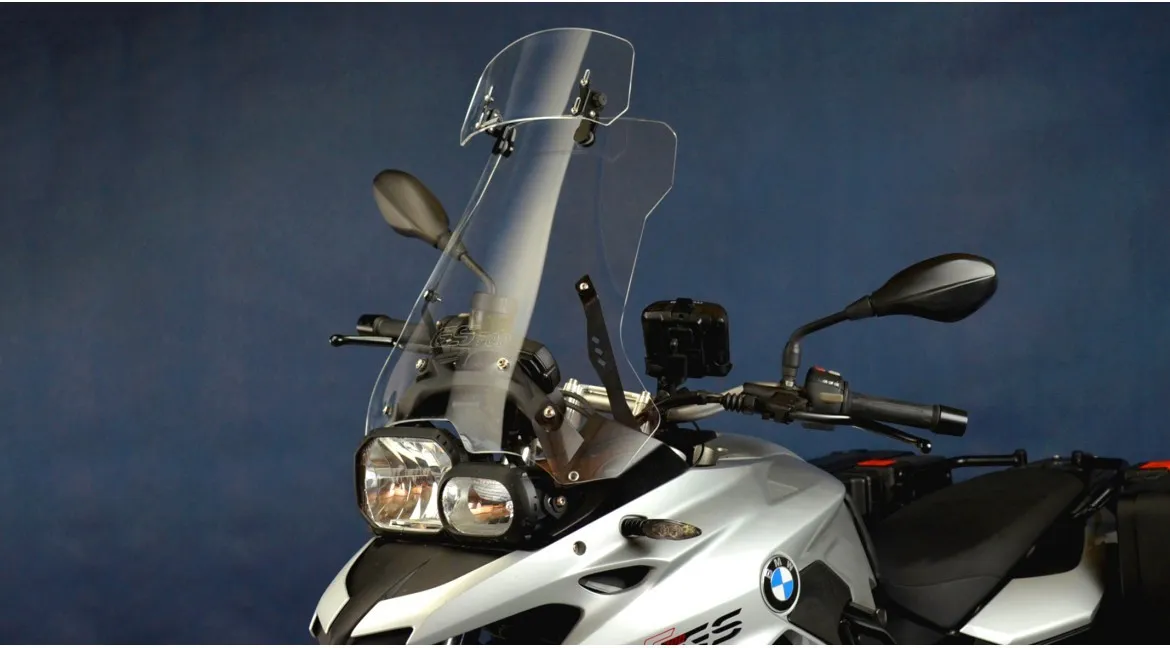The thrill of motorcycle riding lies in the freedom it affords – the roar of the engine, the feel of the open road, and the sense of exhilaration. However, the same factors that make it exciting can also introduce elements of discomfort and risk. One such element is wind – a force that every rider has to contend with. This is where the role of wind deflectors comes into play. These ingenious devices help in managing the wind’s impact, enhancing comfort, and potentially improving safety.
How Wind Deflectors Work: Principles and Mechanisms
The principle behind deflectors is rooted in the science of aerodynamics. By changing the airflow pattern around the motorcycle, these devices can mitigate the effects of wind forces – check this guide for detailed information. But how exactly do they accomplish this feat? The answer lies in their design and function.
A deflector acts as a barrier, disrupting the air’s linear path and causing it to flow over and around the deflector. It effectively ‘splits’ the oncoming air, with a portion deflected upwards over the rider’s head and the rest diverted around the sides. This action reduces the wind pressure on the rider’s chest and helmet, alleviating fatigue and enhancing comfort.
The deflector’s shape and size determine the path that the redirected air will take. Larger, taller windshields can provide more significant protection. However, it’s a delicate balance because excessively large shields can negatively affect handling due to increased wind resistance. Thus, a deflector must strike a balance between providing optimal wind protection and maintaining bike stability.
Different Types of Motorcycle Wind Deflectors: Pros and Cons

Standard deflectors are typically shorter, providing basic protection without dramatically altering the motorcycle’s looks. They’re ideal for city riding, where high-speed wind deflection isn’t the main priority. Sport windshields, on the other hand, are sleek and angled steeply to maintain the sporty look of the bike. They offer moderate protection while prioritizing aerodynamics to facilitate high-speed performance.
Touring wind deflectors are the largest, providing extensive protection for comfortable long-distance travel. They are designed to deflect wind over the rider’s head and are typically adjustable to accommodate different rider heights. However, their size can potentially impact the bike’s handling, especially in strong crosswinds.
Factors to Consider When Choosing a Windshield for Your Motorcycle
Your riding style is a critical consideration because it determines the deflector’s primary purpose. If you frequently go for long rides at high speeds, you’ll likely benefit from a larger, touring-style windshield. Conversely, if you primarily use your motorcycle for city commuting, a smaller, standard deflector might be more appropriate.
The type of motorcycle you have is also crucial as not all deflectors are compatible with all bikes. Ensure the shield is designed to fit your motorcycle model. Your height is another essential factor since a deflector that’s too low or too high can compromise its effectiveness and comfort. Lastly, consider your typical riding conditions – if you often ride in areas with strong crosswinds, a smaller deflector might be more suitable to maintain good bike handling.
The Impact on Rider Comfort and Safety

The use of deflectors can significantly enhance rider comfort and safety. By deflecting the wind, these devices reduce the physical strain on the rider, leading to less fatigue on long journeys. This reduction in strain can allow riders to maintain better focus on the road, thereby improving safety.
They also offer protection from road debris and insects, which can be distracting and potentially dangerous. The clear material used for most deflectors allows riders to see any approaching objects clearly while still offering protection. Moreover, in inclement weather, they can help shield the rider from rain and wind, providing a more comfortable riding experience.
Safety is another key advantage of using deflectors. By managing wind forces, they help maintain bike stability, especially at high speeds or in strong winds. By reducing the physical exertion required to control the bike in such conditions, the rider can respond more effectively to potential hazards.
Experimental Studies and Research
In the world of science and engineering, deflectors have been the subject of numerous experimental studies and research. This body of work aims to refine the design and function of these devices, enhance rider comfort, and improve safety.
One of the most common methods used in such studies is wind tunnel testing. This involves placing a motorcycle with a mounted shield in a controlled environment where wind speeds and directions can be manipulated. By observing the airflow patterns and forces, researchers can gain valuable insights into the effectiveness and identify potential areas for improvement.
Computational fluid dynamics (CFD) is another tool used in this research. CFD involves using computer algorithms to simulate and analyze airflow around the motorcycle and wind deflector. This technology enables researchers to model different wind deflector designs and evaluate their performance under various conditions.
Tips and Best Practices for Installing and Using Motorcycle Wind Deflectors

Correct installation and usage of motorcycle deflectors are critical to their effectiveness. Here are a few tips and best practices to help you get the most out of your them.
First, ensure that your shield is mounted securely. An improperly installed deflector can vibrate excessively or even detach from the motorcycle, posing a safety risk. Follow the manufacturer’s installation instructions carefully and double-check all fittings.
Second, adjust the height to suit your needs. Ideally, the top of the shield should be roughly level with your nose when seated on the bike. This height allows you to look over the deflector while still benefiting from the protection it provides.
Lastly, clean your shield regularly. Over time, dust, insects, and road grime can accumulate on the deflector, reducing visibility. Use a soft cloth and mild cleaning solution to keep it clean and maintain optimal visibility.
Conclusion
Motorcycle deflectors, while simple in appearance, are the product of complex scientific principles and dedicated research. Understanding the science behind deflection allows us to appreciate the important role these devices play in enhancing the motorcycle riding experience. Whether you’re a seasoned rider or a beginner, embracing the science and best practices surrounding wind deflectors can make your rides more comfortable, enjoyable, and safe.

